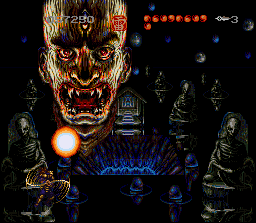3 /10 1 Votes
Initial release date 21 April 1992 Developers SETA Corporation, Jorudan | 3/10 HonestGamers Mode Single-player video game | |||||||||||||||||||||||||||||||||
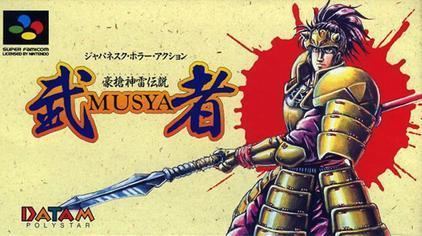 | ||||||||||||||||||||||||||||||||||
Platform Super Nintendo Entertainment System Publishers SETA Corporation, Datam Polystar Genres Action game, Platform game Similar SETA Corporation games, Platform games | ||||||||||||||||||||||||||||||||||
Musya: Imoto's Saga or Musya: The Classic Japanese Tale of Horror, known in Japan as Gōsō Jinrai Densetsu Musya (豪槍神雷伝説「武者」 Gōsō Jinrai Densetsu Musha, roughly "Brave Spearman Jinrai's Legend - Warrior"), is a 1992 action platformer video game developed by Jorudan and published by Datam Polystar for the Super Nintendo Entertainment System. The game was translated into English by Seta U.S.A.. Musya was released in Japan on April 21, 1992 and in North America in December 1992. The name Musya is romanized by the English translators in the Kunrei-shiki style (Musya) instead of the Hepburn romanization style (Musha).
Contents
- Musya imoto s saga munen snes video game music
- Gameplay
- Plot
- Editing for the English language edition
- References

Musya imoto s saga munen snes video game music
Gameplay
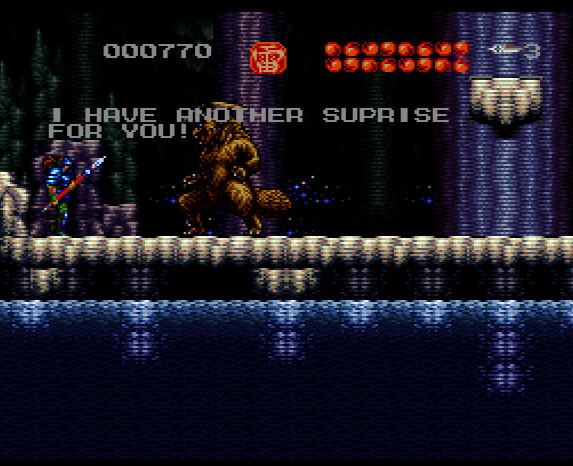
Imoto, bearing 16 units of health (Qi (気 Ki, meaning "life energy")), dies when the health is depleted. He carries up to three lives (命 Inochi). The game starts with three lives; once the life count is zero and Imoto dies, the game ends. When Imoto defeats a boss, the words "monster defeated" (怨霊調伏 Onryō Chōfuku, "Vengeful Ghost Submitted") appear and the player gains a scroll containing a new spell.
Plot
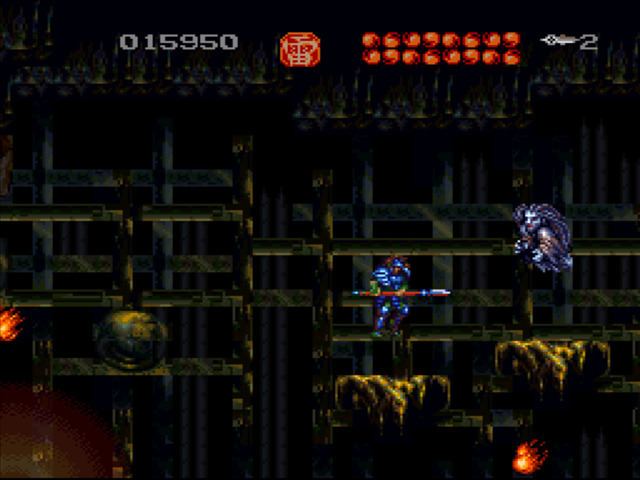
Musya follows a pikeman (described as a spearman in the Japanese version and a pikeman in the English version) named Imoto (Jinrai (神雷) in the Japanese version), who must descend to the abyss to save Shizuka, a maiden. After Imoto survives a battle in which all other combatants perish, he travels to Tengumura Village, where he collapses. The mayor, Akagi (who is not named in the Japanese version), greets Imoto and tells him that Shizuka (しずか) needs to be rescued. Imoto heads into Tengumura Cavern (known in the Japanese version as Kihōshōnyūdō (鬼宝鍾乳洞)).
Editing for the English-language edition
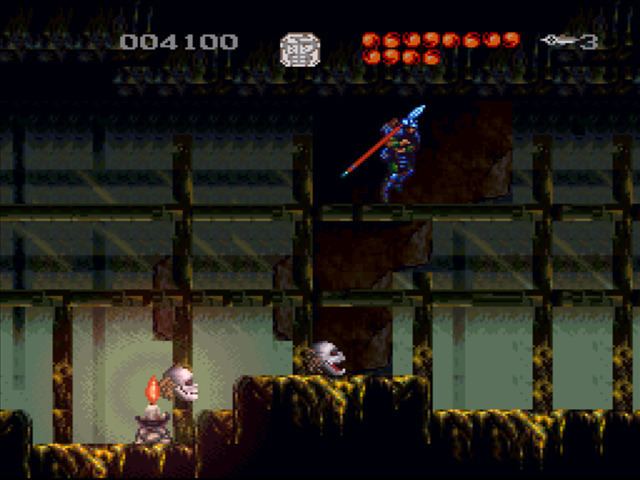
The game received several edits for the North American edition. For instance, the large testes of the tanuki character were removed for the North American edition. In addition, the manji (卍) shown to reveal the amount of spell scrolls held were edited away.

The Japanese version of the game is one of the few games that uses Japanese numerals. The English version uses Hindu-Arabic numerals.
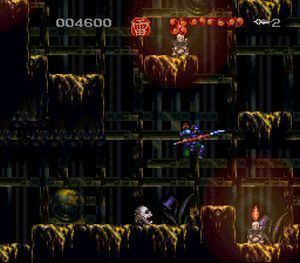
Japanese dialogue is replaced with English-language dialogue. In addition, Musya uses Japanese kanji characters in various parts of the game to represent modes and levels. For instance, in the Japanese version of the game, the English-language word "Pause" is not used; instead the word Ippuku (一服, meaning "break" or "to take a break") appears from both ends of the screen. In the English-language version, the word "Pause" forms under the word "Ippuku," with the "Pa" under the "一" and the "Use" under the "服."

